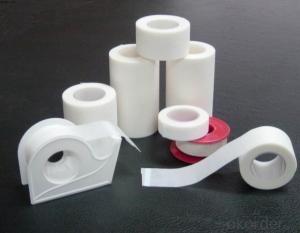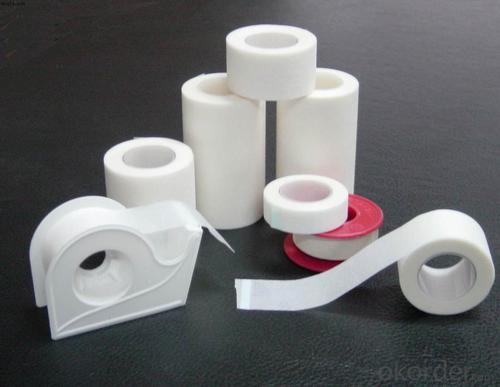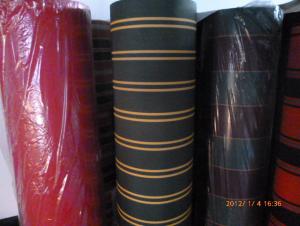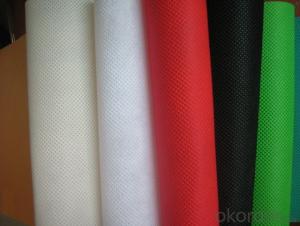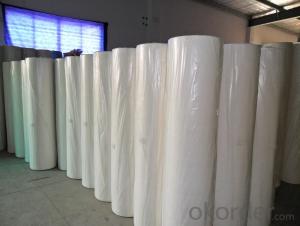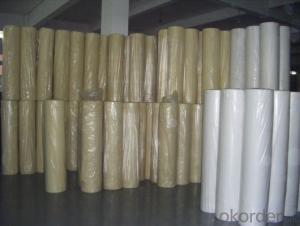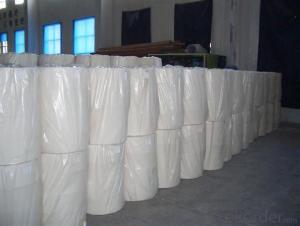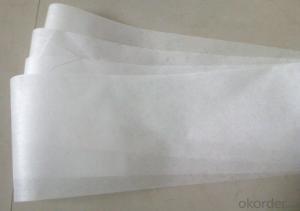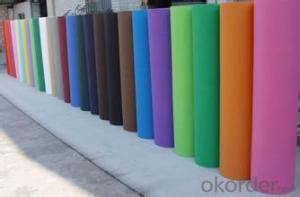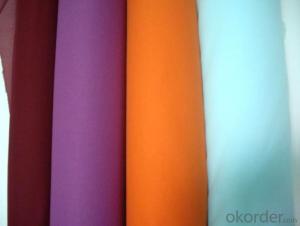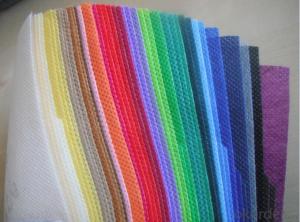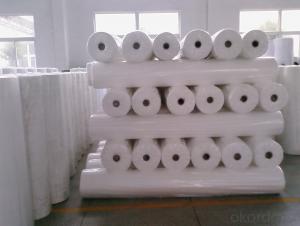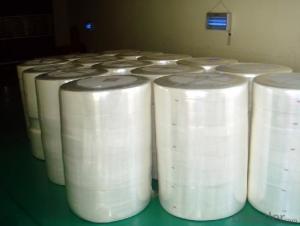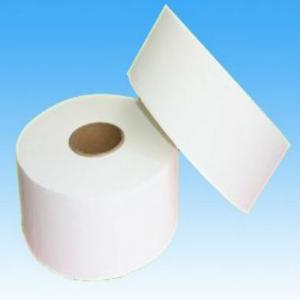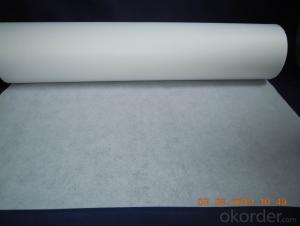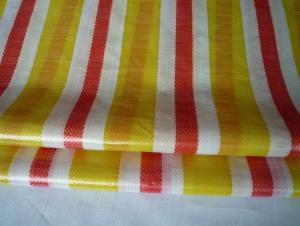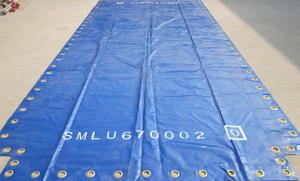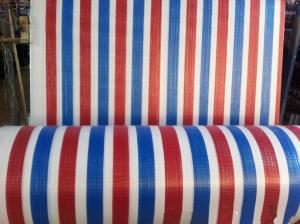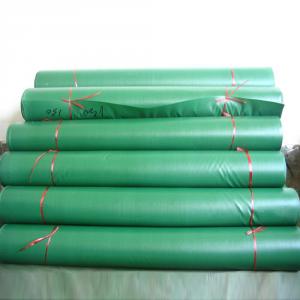PP SPUNBOND NON WOVEN FABRIC WITH PLASTIC IN 2015
- Loading Port:
- Shanghai
- Payment Terms:
- TT OR LC
- Min Order Qty:
- 1000 roll
- Supply Capability:
- 10000 roll/month
OKorder Service Pledge
OKorder Financial Service
You Might Also Like
The use of landscaping fabrics has become extremely popular in recent years for many reasons:
1. Leisure time is maximised - the need for weeding and on-going maintenance is minimised
2. Environmentally friendly - no need for chemical based weed killers
3. Promotes healthier plants - it allows the soil to breath and water to permeate
We offer different types of weed control fabrics to suit all applications and budgets.
1. Available in a range of sizes & materials to suit various applications from small to large landscaping projects, in both commercial and domestic situations.
2. All our landscape fabrics are UV stabilised
3. Ideal for use under paths, patios, decking, paving, bark mulch, gravel etc.
FEATURES:
1. Weed suppressant and drainage control landscaping fabric
2. Spun bonded non-woven fabric – will not fray when cut
3. Easy to use
4. Environmentally friendly
5. Allows water, air and nutrients through, suppressing weeds without the use of chemicals
6. Good alternative to Plantex® where cost is a factor
7. UV Stabilised
8. Reduces the level of watering required due to the slower rate of water evaporation
FUNCTION:
1. Cover crops in the ground surface,prevent weeds and against the insect
2. Controlling soil humidity and the temperature
3. Does not affect the growth of the crops
4. Protects plants from harmfully solar radiation
5. Air permeability, water permeability help crops growth.
6. Mothproof, eco-friendly, breathable, anti-bacteria, tear-resistant, fusible
APPLICATIONS:
1. Weed block for landscaped garden beds
2. Permeable liners for planters (stops soil erosion)
3. Weed control under wooden decking
4. Geotextile for separating aggregate / soils under walkway blocks or bricks
5. Assists in preventing paving from settling unevenly
6. Landscape fabric prevents soil erosion
Health - Hygiene & Medical
Surgical Gowns
Gloves
Face Masks
Foot covers
Diapers
Caps
Bedsheets
Curtains
Pillow Covers
Slippers
Packaging
Sleeping Bags
Tarpaulins
Tents
Artificial Leather
Bags for Rice/Sugar etc.
Luggage
Vacuum Cleaner Bags
Tea and Coffee Bags
Buff Pads
Shopping Bags
Agriculture
Crop Covers
Turf Protections
Nursery Over wintering
Weed Control Fabrics
Root Bags
Containers
Capillary Matting
Other types of covers
Furniture Upholstery
Roofing and Tile Underlayment
Acoustical Ceilings
Insulation
House wrap
Pipe wrap
Sofa and Mattress Lining
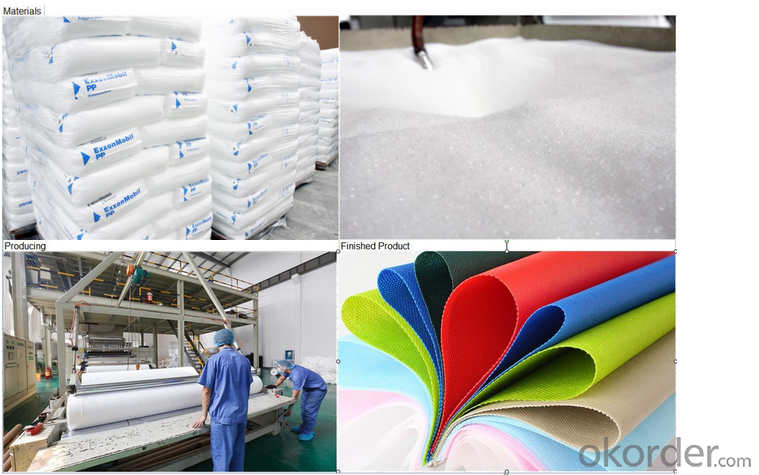
Shoes & Garments
Coveralls
Pillow cases
Airline Headrests
Interlinings
Clothing and Glove insulation
Bra and Shoulder Padding
ADVANTAGES:
1. Lower labour costs as no weeding maintenance for years;
2. Water seeps through and can conserve soil moisture for improved growing conditions;
3. Air escapes – humidity rises through the mat for a more controlled growing environment;
4. Increase crop yields close to 25% due to improved growing conditions and absence of water stress and competition of nutrients absorption from weeds;
5. Minimises bacteria and fungus problems especially Algae;
6. Strong, woven construction or pressed fibre sheet resists tears and punctures;
7. Resistant to mildew, rot, water, sunlight and most of the agricultural chemicals
8. Fertilizer is applied on the mat, thus helping the owner or estate manager to monitor the progress of manuring;
9. Prevents soil erosion or leaching of soil nutrients or fertilizers applied;
10. Environmental friendly.
FAQ:
Q .What is the material of the non woven fabric ?
A .PP spunbond non woven fabric
Grade A: 100% Polypropylene
Grade B: 90% Polypropylene +10% filling
Q .What about the width of the non woven fabric ?
A .We can cut the fabric as your requirement. Our width of machine is 240cm, so the max of the width is 240cm
Q .What about the color ?
A .Any color is available. You just need to give me the Panton Num or send me your sample. Then we will make the color samples to you for approve
Q .What about the GSM ?
A .The thinnest of the fabric that we can produce is 9g, and the thickest is 250g. Normally the fabric that used in bag making is 50-100g, the agricultural used is 17-50g, the home used fabric is 40g and so on...
Q .What about the delivery time ?
A .We can finish the production in 2-3 days (40ft HQ)
Q .What about the price ?
A .We are the factory of the PP nonwoven fabric, We can supply you with good quality and favorable price
- Q: Textile raw materials of mineral fiber
- With natural or synthetic polymer materials as raw materials, through chemical or physical processing of the fiber obtained collectively. Because of the different sources of polymer compounds used, can be divided into natural polymer materials as raw materials of synthetic fibers and synthetic polymer materials as raw materials of synthetic fiber
- Q: Textile printing and dyeing process which
- Dyeing long car is divided into two parts, before the car dyeing, after the car fixing color. Dyeing method according to the choice of different varieties of dyes are different, dyes are generally active, Shihlin, vulcanization, paint. They have their own advantages and disadvantages, under normal circumstances to see the color requirements, and can not replace each other.
- Q: What is the amount of alkali in the textile mill
- Made with polyester woven cloth, not suitable for personal wear. Through the printing and dyeing plant in a process called reduction processing, the polyester cloth in a large concentration of caustic soda solution containing corrosion treatment, the total weight of polyester cloth
- Q: Processing of textiles, processed products were detected formaldehyde exceeded, how to deal with
- First look at how much formaldehyde you exceeded. General formaldehyde in the national regulations have three limits: 1, infant supplies (36 months) shall not exceed 20PPM,
- Q: What are the problems with the transformation and upgrading of the processing trade of textile enterprises?
- To ensure the stable development of the textile industry at the same time, speed up structural adjustment, promote industrial upgrading. Planning on the one hand based on the current, with a series of policies to ease the pressure on textile enterprises; the other hand, focusing on long-term, and actively promote the textile industry to speed up structural adjustment and industrial upgrading pace.
- Q: The difference between double distribution and processing in textile fabrics
- Processing - the fabric is your own to buy, you get inside the factory processing
- Q: The Factors Affecting the Capillary Effect of Textile Garment
- The degree of removal of the pulp; the amount of impurities in the wax itself, pectin and other impurities
- Q: What are the invoices for the textile industry?
- Ordinary invoices can not be deducted, VAT invoices for input tax can offset sales tax
- Q: The meaning of the following terms in the textile industry: fabric, processing number, genuine number.
- If it is blended cotton or linen, blended ratio: cotton <chemical fiber. Shrinkage is very small. In short, the greater the chemical fiber content shrinkage rate.
- Q: Why can the oil industry be used as raw materials for the textile industry?
- Textile raw materials is taken from the general terms of spinning and weaving, but with the textile knowledge system and the continuous development and improvement of the discipline system, especially non-woven textile materials and three-dimensional composite weaving and other technologies, the textile is now not only traditional Hand-spinning and weaving, including non-woven technology, modern three-dimensional weaving technology, modern electrostatic nano-network technology, so modern textile is a fiber or fiber aggregate multi-scale structure processing technology [1-2 ]
Send your message to us
PP SPUNBOND NON WOVEN FABRIC WITH PLASTIC IN 2015
- Loading Port:
- Shanghai
- Payment Terms:
- TT OR LC
- Min Order Qty:
- 1000 roll
- Supply Capability:
- 10000 roll/month
OKorder Service Pledge
OKorder Financial Service
Similar products
Hot products
Hot Searches
